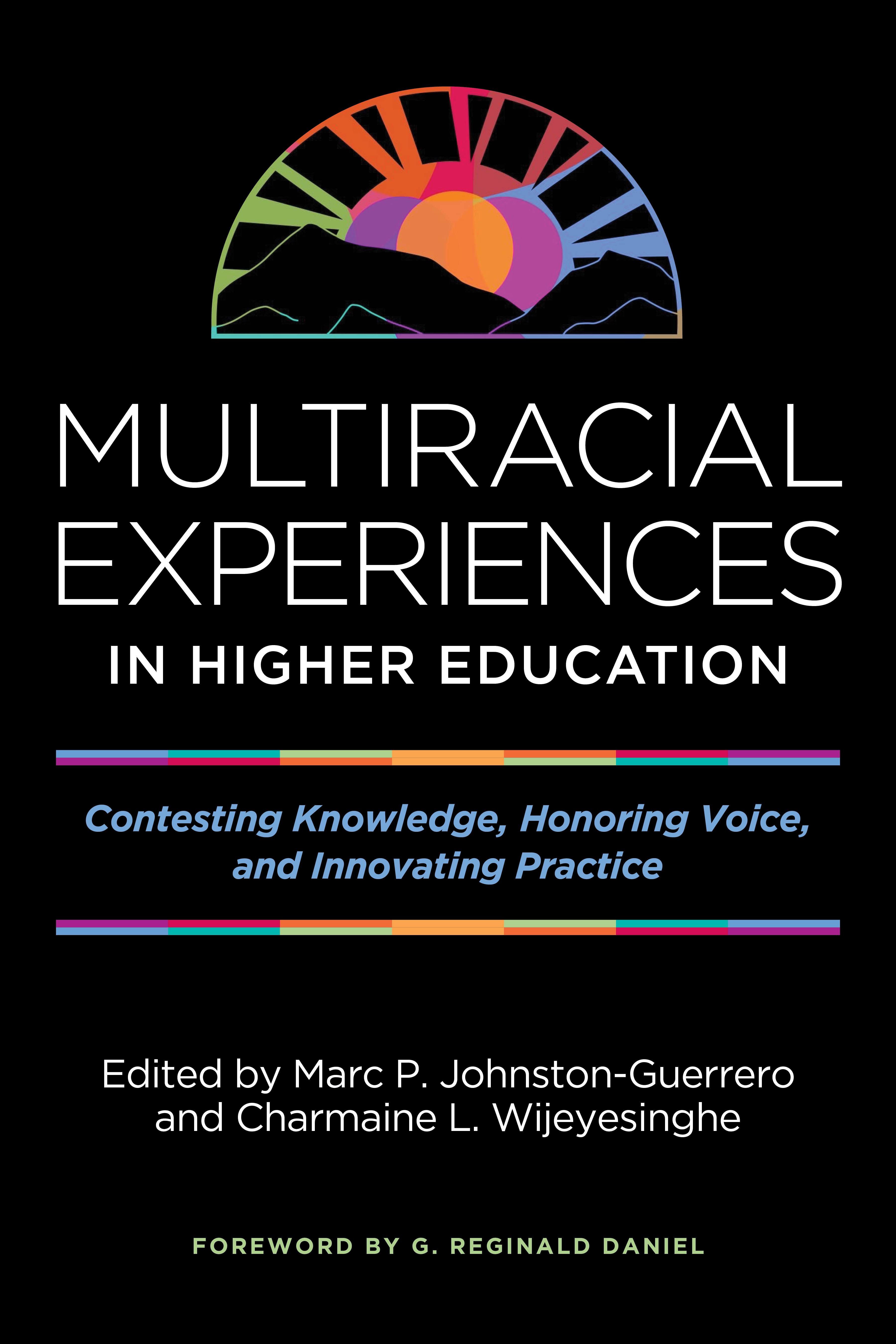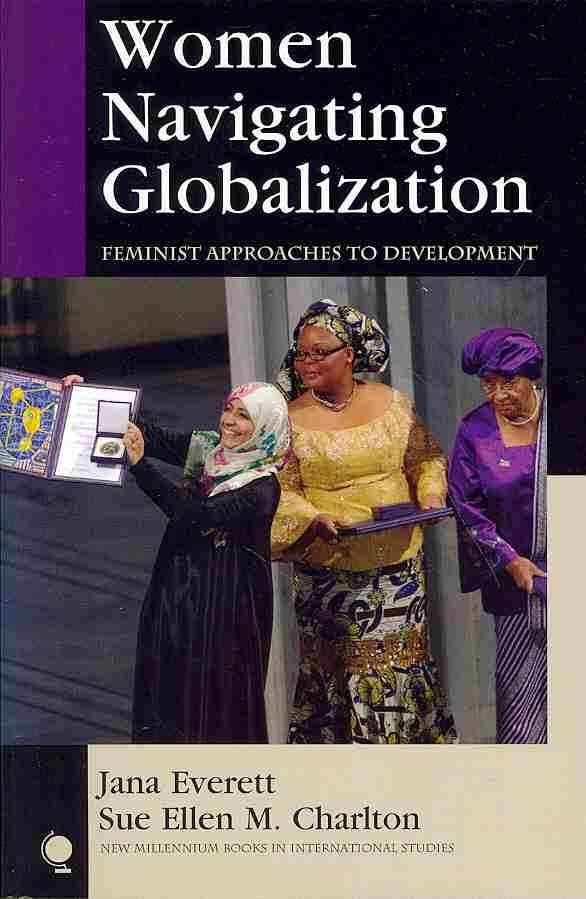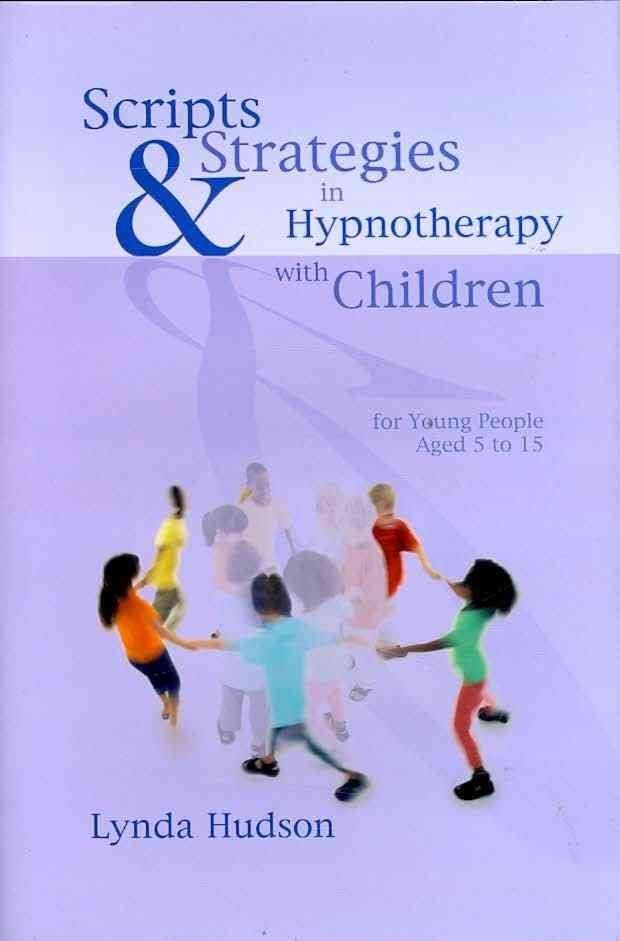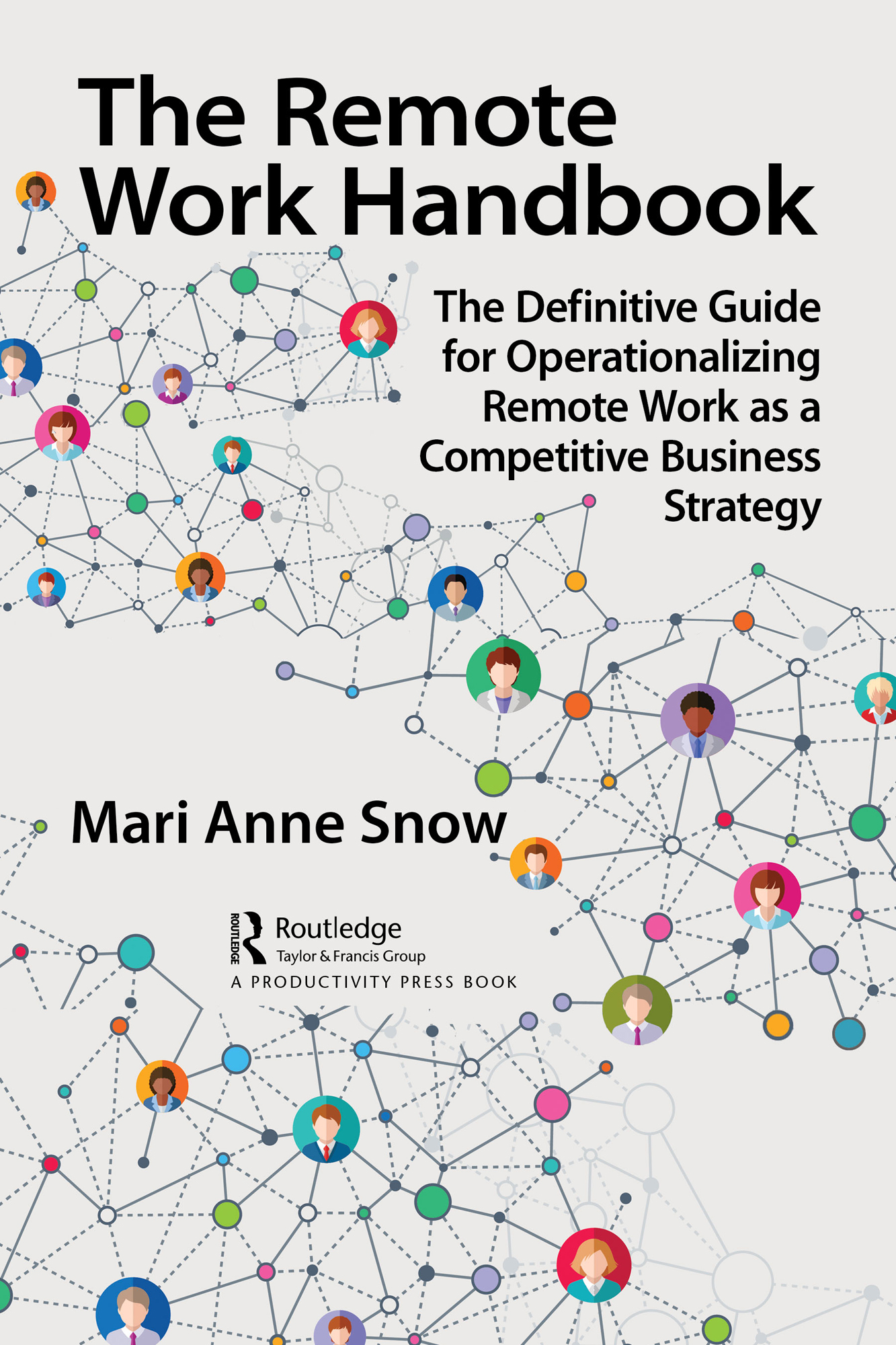Recipient of the 2021 Innovation Award of The Multiracial Network (MRN) In the last Census, over 9 million people - nearly 3% of the population -identified themselves as of two or more races. The proportion of college students who identify as Multiracial is somewhat higher, and growing. Although increasing at a slightly slower rate, Multiracial faculty and staff are also teaching and working on campuses in greater numbers. Together, Multiracial people from diverse backgrounds and in various roles are influencing college and university culture, practices, and climate. This book centers the experiences of Multiracial people, those individuals claiming heritage and membership in two or more (mono)racial groups and/or identifies with a Multiracial term. These terms include the broader biracial, multiethnic, and mixed, or more specific terms like Blasian and Mexipino. In addressing the recurring experiences of inclusion, exclusion, affirmation, and challenges that they encounter, the contributors identify the multiple sites in higher education that affect personal perceptions of self, belonging, rejection, and resilience; describe strategies they utilized to support themselves or other Multiracial people at their institutions; and to advocate for greater awareness of Multiracial issues and a commitment toinstitutional change. In covering an array of Multiracial experiences,the book brings together a range of voices, social identities (including race),ages, perspectives, and approaches. The chapter authors present a multiplicityof views because, as the book exemplifies, multiracial people are not a monolithic group, nor are their issues and needs universal to all. The book opens by outlining the literature and theoretical frameworks that provide context and foundations for the chapters that follow. It then presents a range of first person narratives - reflecting the experiences of students, faculty, and staff - that highlight navigating to and through higher education from diverse standpoints and positionalities. The final section offers multiple strategies and applied methods that can be used to enhance Multiracial inclusion through research, curriculum, and practice. The editors conclude with recommendations for future scholarshipand practice. This book invites Multiracial readers, their allies, and those people who interact with and influence the daily lives of Multiracial people to explore issues of identity and self-care, build coalitions on campus, and advocate for change. For administrators, student affairs personnel, and anyone concerned with diversity on campus, it opens a window on a growing population with whom they may be unfamiliar, mis-categorize, or overlook, and on the need to change systems and structures to address their full inclusion and unveil their full impact. Contributors: e alexander RebeccaCepeda Lisa CombsWei MingDariotis Nick Davis Kira Donnell ChelseaGuillermo-Wann Jessica C.Harris AndrewJolivette Naliyah Kaya Nicole Leopardo Heather C. Lou Victoria K. Malaney Brown Charlene C. Martinez Orkideh Mohajeri Maxwell Pereyra Kristen A.Renn StephanieN. Shippen












